Small islands possess a unique magic that larger landmasses simply can’t replicate—the ability to explore an entire world in the span of a leisurely afternoon walk. These miniature kingdoms offer complete geographical experiences where you can traverse from shore to shore, discovering hidden coves, secret beaches, and panoramic viewpoints that reveal the island’s full scope in just a few hours of exploration. The best walkable islands combine accessibility with authentic island culture, proving that some of the most memorable travel experiences come in surprisingly small packages.
Here’s a list of 20 tiny islands where a good pair of walking shoes and a few hours can unlock entire worlds of discovery, each offering unique landscapes and cultures within easily manageable distances.
Angel Island, California
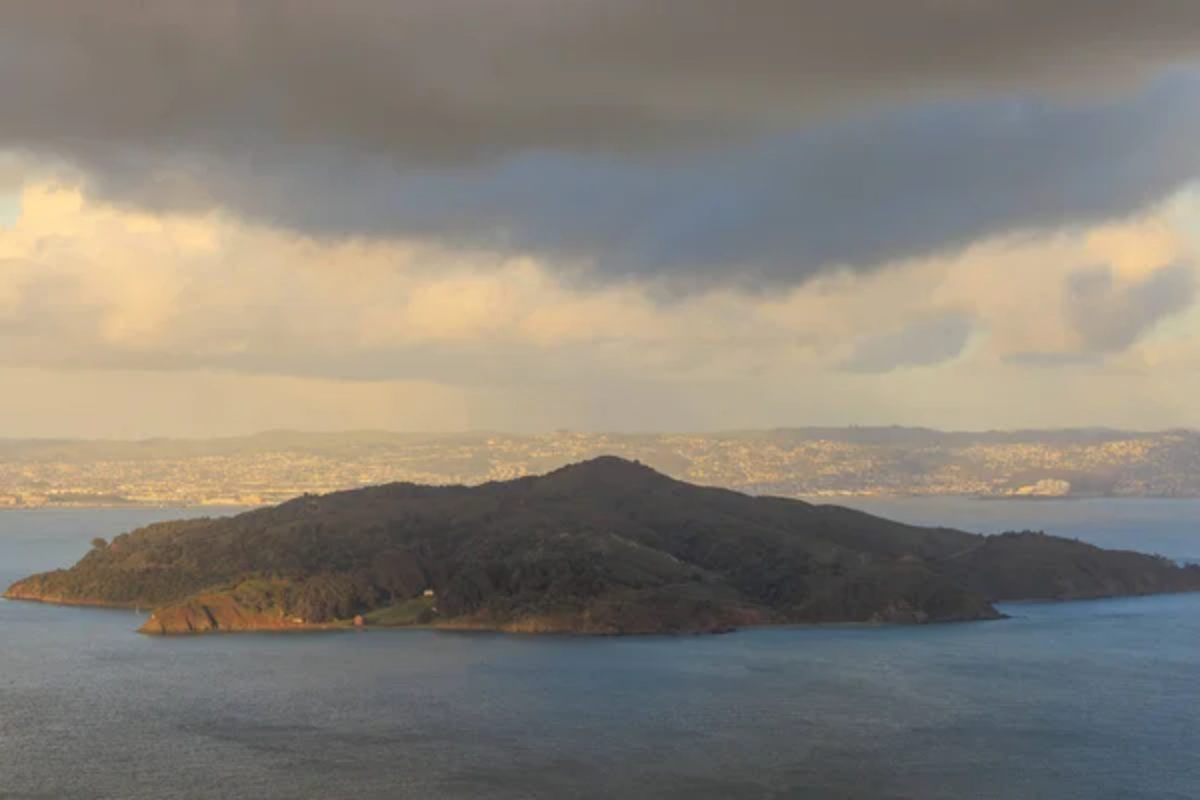
Angel Island sits in San Francisco Bay, just a short ferry ride from the city, offering 5 miles of perimeter trails that showcase spectacular views of the Golden Gate Bridge, Alcatraz, and the downtown skyline. The island’s highest point, Mount Livermore, provides 360-degree vistas that encompass the entire Bay Area.
At the same time, historic buildings tell the story of the island’s role as an immigration station, which processed over one million people between 1910 and 1940. The complete loop trail takes about three hours at a leisurely pace, passing through eucalyptus groves and grasslands that support diverse bird populations.
Block Island, Rhode Island
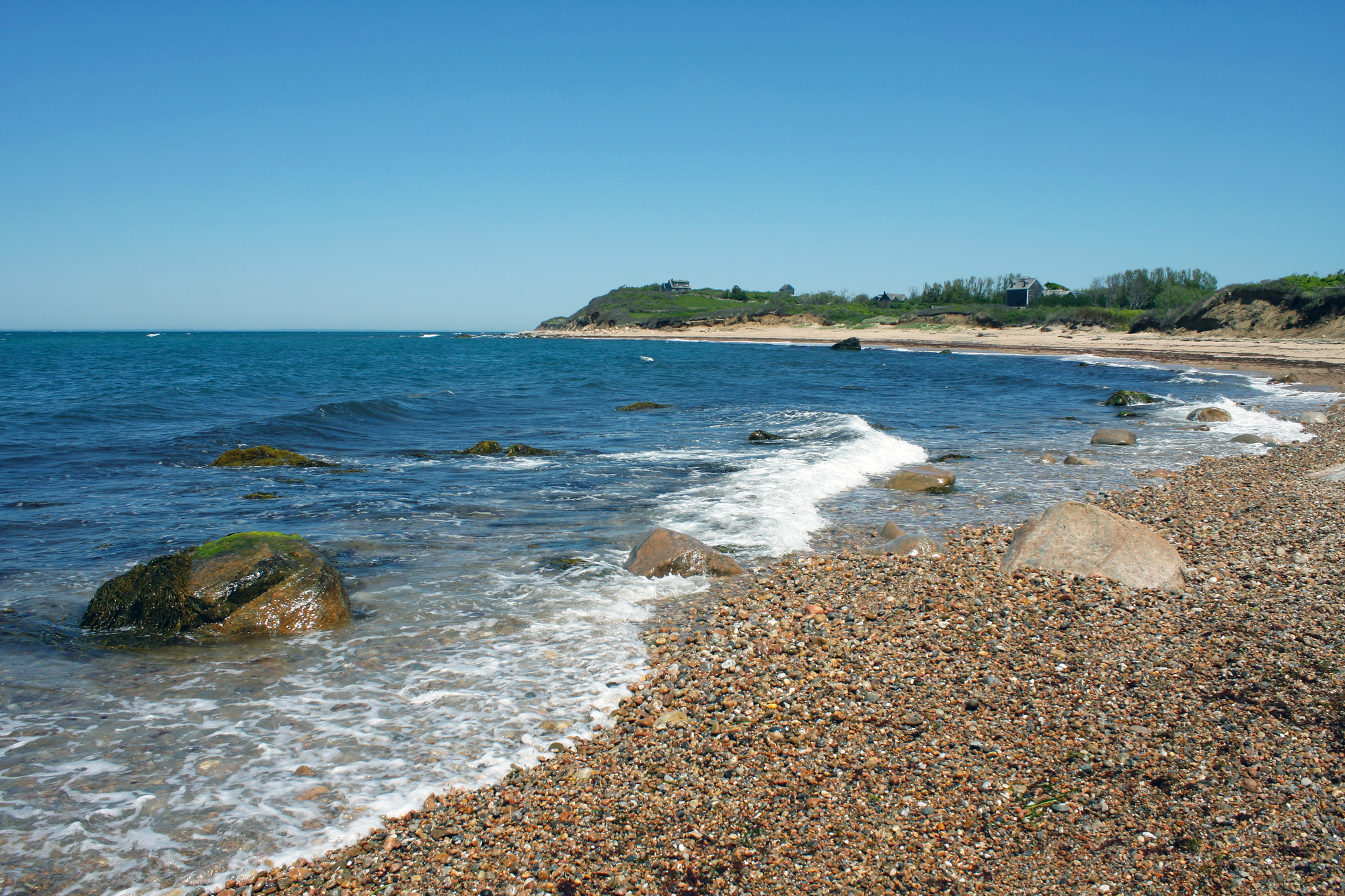
Block Island measures just 7 miles long and 3 miles wide, making it easily walkable for anyone with moderate fitness levels and a full day to explore. The island’s dramatic bluffs rise 200 feet above the Atlantic Ocean, while pristine beaches stretch along both the eastern and western shores, each offering different wave conditions and scenic perspectives.
Southeast Lighthouse stands at the island’s southern tip, providing landmark navigation for walks that can include everything from bird watching at the wildlife refuge to exploring the charming Victorian downtown area.
Like Travel Pug’s content? Follow us on MSN.
Fire Island, New York

Fire Island’s car-free communities create a pedestrian paradise where wooden boardwalks connect beach towns that maintain distinct personalities despite their proximity to New York City. The island stretches 32 miles but averages less than half a mile wide, making east-west walks brief adventures while north-south exploration can occupy entire days for ambitious hikers.
Each community, from Ocean Beach to Cherry Grove, offers different amenities and atmospheres, while the pristine beaches provide consistent beauty that changes dramatically with the tides and weather conditions.
Mackinac Island, Michigan
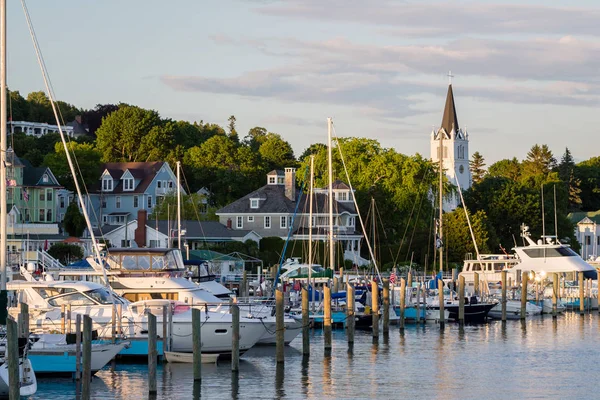
Mackinac Island bans motor vehicles, creating an environment where walking, biking, and horse-drawn carriages provide the only transportation options on this 8.2-square-mile Lake Huron gem. The island’s perimeter road offers 8 miles of relatively flat walking with views across the straits to Michigan’s Upper and Lower peninsulas.
At the same time, interior trails lead to historic Fort Mackinac and limestone formations that showcase the area’s geological history. The famous Grand Hotel and downtown area provide rest stops and dining options that break up longer walks around this Victorian-era time capsule.
Monhegan Island, Maine

Monhegan Island covers just 700 acres but packs dramatic coastal scenery into a space that can be thoroughly explored in a single day of dedicated walking. The island’s network of trails totals about 12 miles, connecting rocky headlands that rise 160 feet above the Atlantic to quiet inland forests where artists have found inspiration for over a century.
The village center provides the only commercial area on this car-free island, while historic lighthouses and artist studios offer cultural attractions that complement the natural beauty.
Like Travel Pug’s content? Follow us on MSN.
Goat Island, Rhode Island

Goat Island in Newport Harbor offers a compact walking experience that combines Revolutionary War history with spectacular harbor views in a space that takes less than an hour to circumnavigate. The island’s Hyatt Regency resort occupies much of the land, but public walkways provide access to waterfront paths that showcase Newport’s mansion-lined coastline and busy harbor traffic.
The island’s small size makes it perfect for evening strolls that capture sunset colors reflecting off Narragansett Bay.
Roosevelt Island, New York

Roosevelt Island stretches just 2 miles long and 800 feet wide in the East River between Manhattan and Queens, creating a unique urban island experience accessible by tram, subway, or bridge. The island’s waterfront promenade offers unobstructed views of Manhattan’s skyline while passing through residential neighborhoods that feel remarkably peaceful despite their proximity to one of the world’s busiest cities.
The complete perimeter walk takes about 90 minutes and includes historic ruins, modern sculpture installations, and multiple perspectives on iconic New York landmarks.
Kelleys Island, Ohio
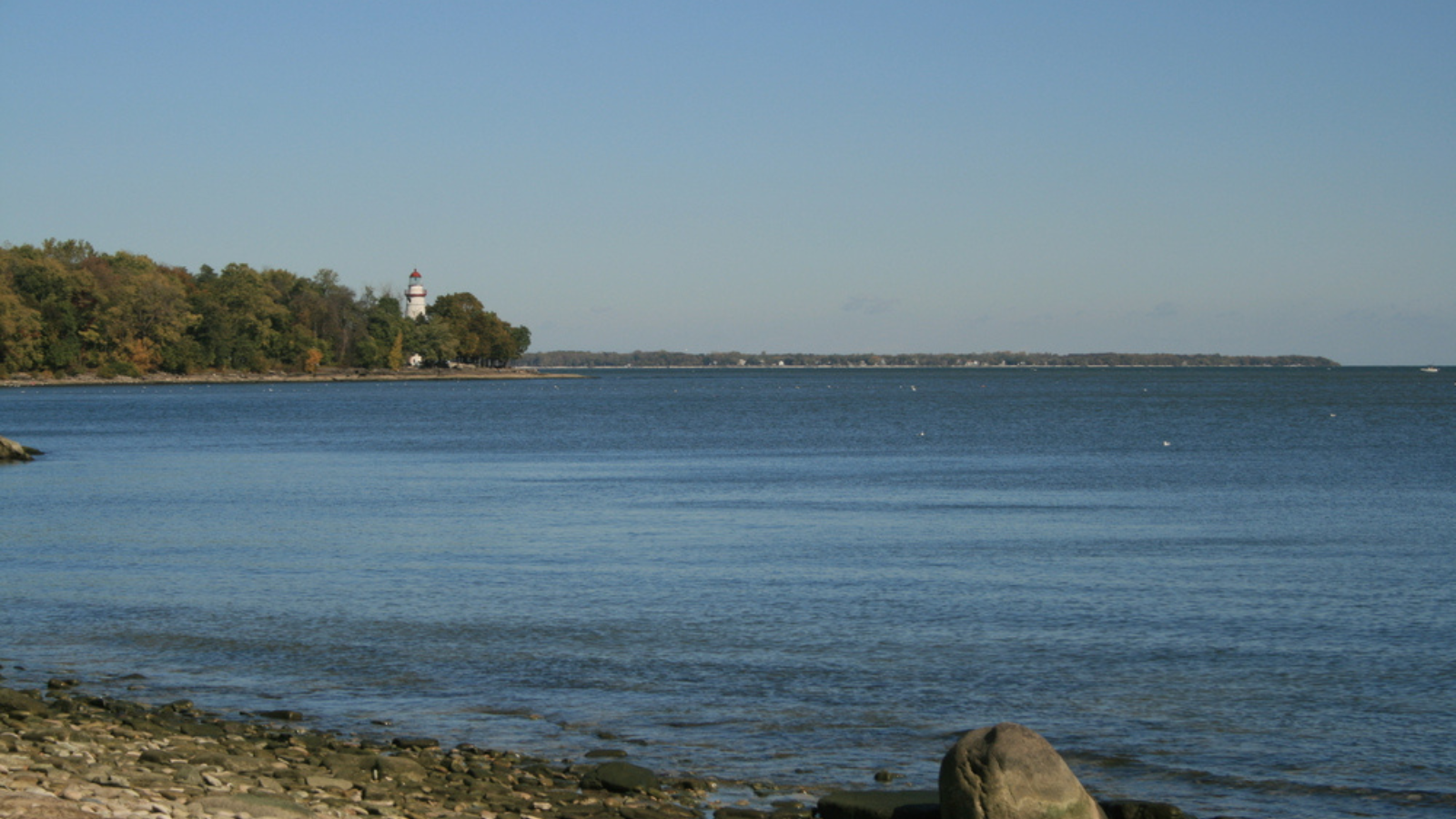
Kelleys Island sits in Lake Erie just 4 miles from the Ohio mainland, offering 2,800 acres of diverse landscapes that include beaches, forests, quarries, and agricultural areas within easy walking distance. The island’s relatively flat terrain makes cycling popular, but walking allows for a more intimate exploration of historical sites, such as ancient Native American petroglyphs and abandoned limestone quarries that helped create the island’s economic foundation.
North Shore Loop State Nature Preserve protects rare plants and birds while providing scenic walking opportunities along Lake Erie’s coastline.
Like Travel Pug’s content? Follow us on MSN.
Put-in-Bay, Ohio
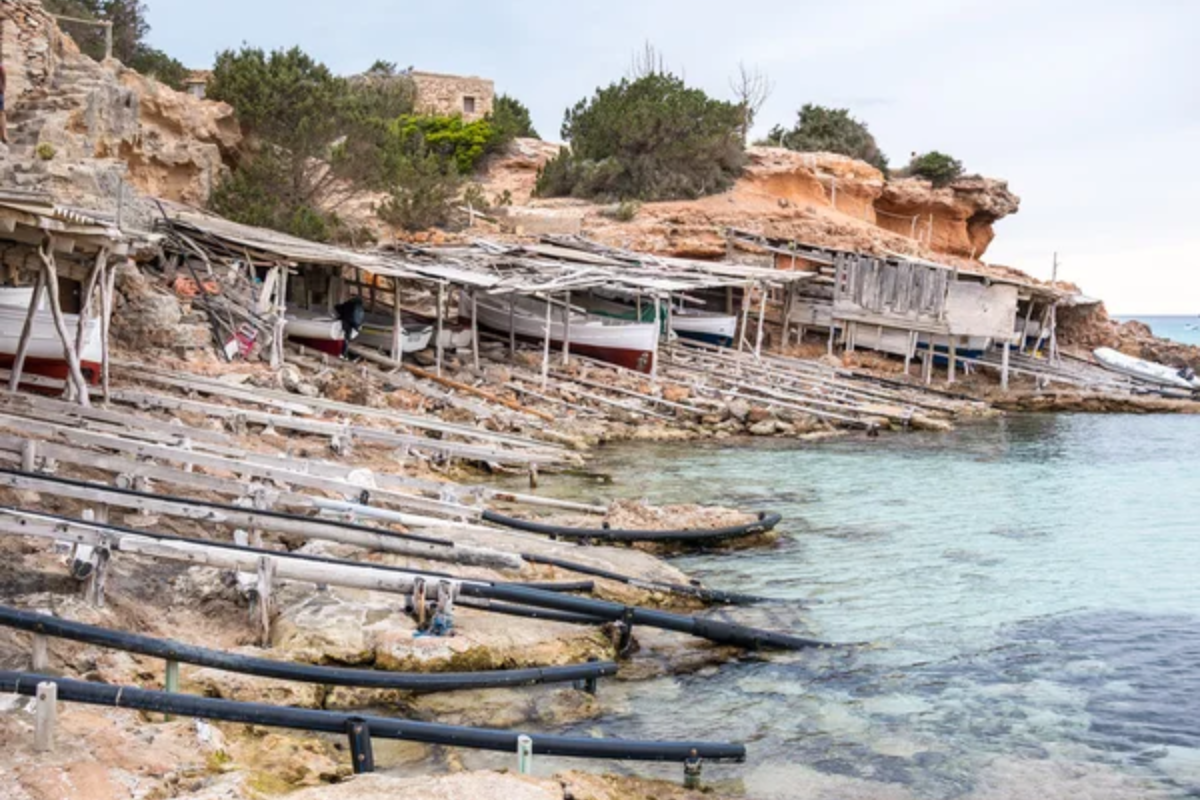
South Bass Island, home to the village of Put-in-Bay, covers 1,523 acres in Lake Erie and attracts visitors who can easily explore the entire island on foot or via golf cart rental. Perry’s Victory and International Peace Memorial offers a central landmark and climbing opportunity, providing panoramic lake views.
At the same time, the island’s numerous beaches, wineries, and historic sites create multiple destinations for walking tours. The island’s compact size means that even the most distant attractions remain within comfortable walking distance of the ferry dock and downtown area.
Peaks Island, Maine
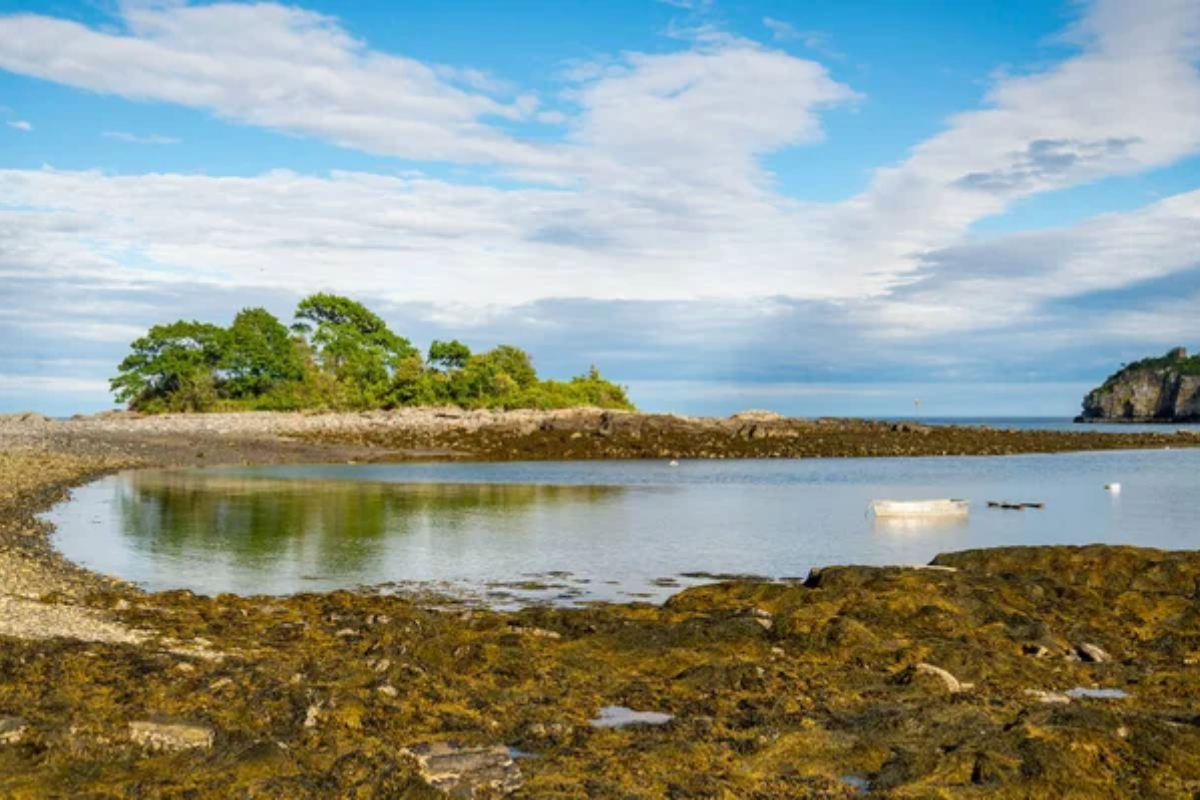
Peaks Island sits just 20 minutes by ferry from Portland, offering year-round community life and seasonal attractions within a 720-acre space that residents and visitors can easily traverse on foot. The island’s perimeter road provides a 5-mile loop that passes rocky shores, sandy beaches, and residential neighborhoods where island life continues much as it has for generations.
Local restaurants, art galleries, and the historic Fifth Maine Regiment Museum offer cultural attractions that complement the natural beauty and small-town atmosphere.
Shelter Island, New York
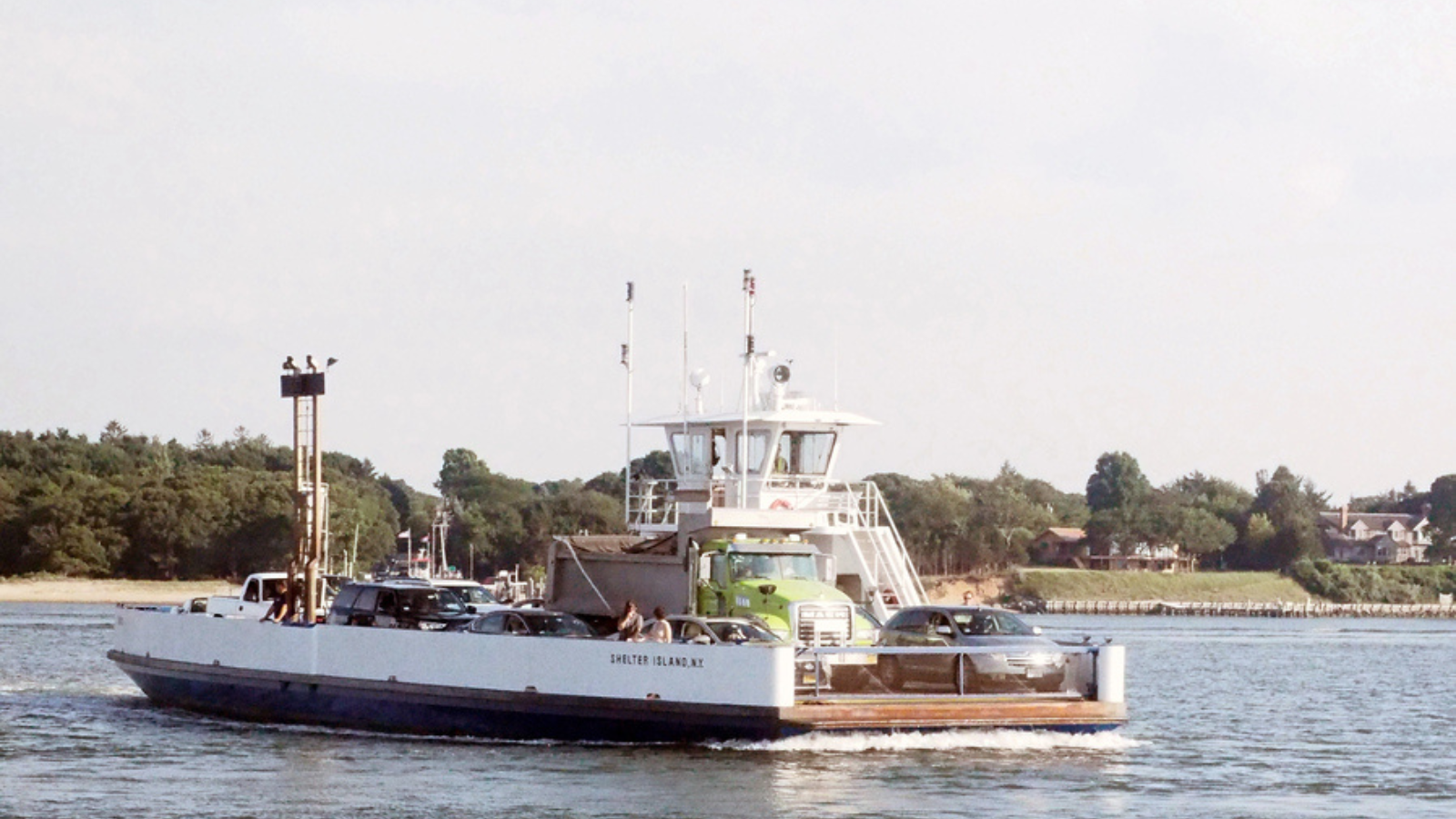
Shelter Island nestles between Long Island’s North and South Forks, offering 8,000 acres of preserved landscape where walking trails connect beaches, forests, and historic sites within the Mashomack Nature Preserve. The preserve protects one-third of the island’s land area, providing habitat for ospreys, deer, and migratory birds, while offering miles of trails that showcase the diverse coastal and woodland ecosystems.
The island’s year-round community maintains local restaurants and shops that provide rest stops during longer walking adventures.
Like Travel Pug’s content? Follow us on MSN.
Martha’s Vineyard (Chappaquiddick), Massachusetts

Chappaquiddick Island is connected to Martha’s Vineyard by a short ferry ride and offers relatively undeveloped landscapes, where walking trails lead through coastal plains, dunes, and forests that support diverse wildlife populations. The island’s beaches face different directions, creating opportunities to experience various wave conditions and lighting throughout the day while exploring this less crowded portion of the Martha’s Vineyard experience.
Cape Poge Wildlife Refuge protects much of the island’s eastern shore, providing nesting habitat for endangered birds and pristine beaches for human visitors.
Spectacle Island, Massachusetts
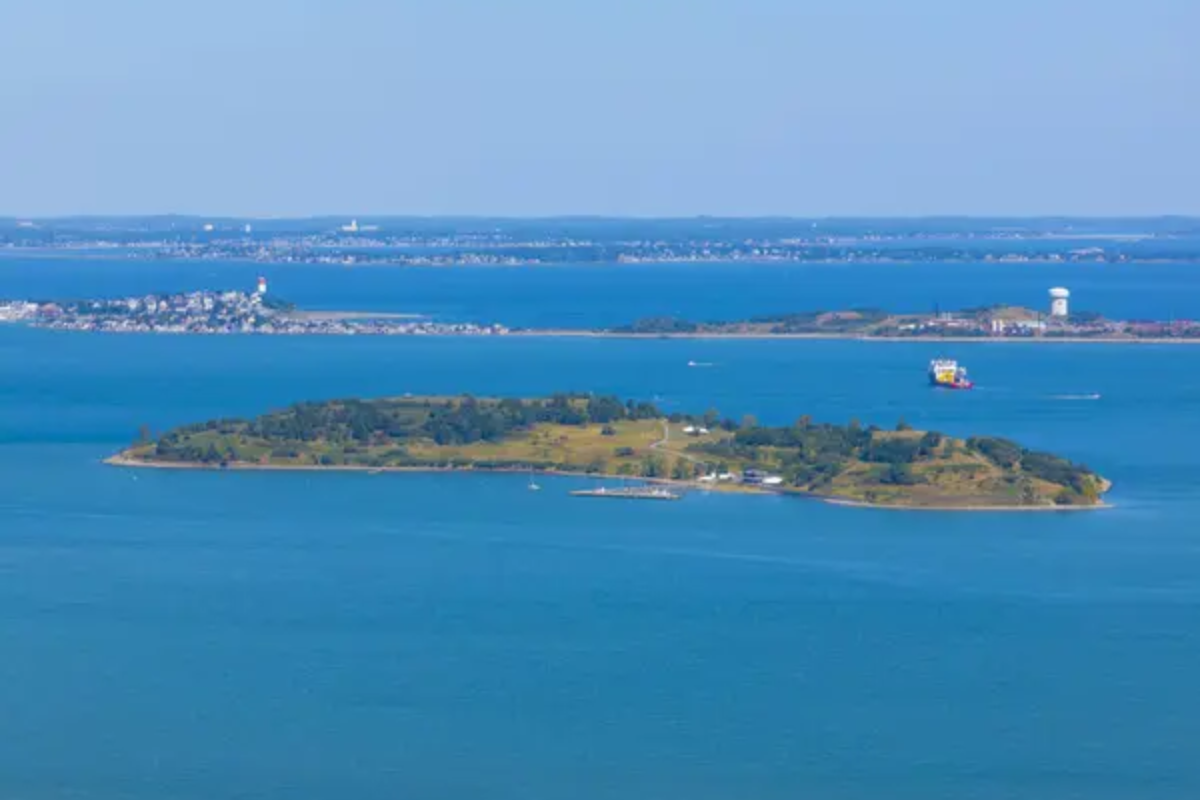
Spectacle Island in Boston Harbor was transformed from landfill into a recreational paradise, offering 5 miles of walking trails and beaches just 20 minutes by ferry from downtown Boston. The island’s highest point provides spectacular views of Boston’s skyline and harbor islands. At the same time, beaches on both the north and south shores offer different perspectives on harbor traffic and distant landmarks.
The island’s relatively recent ecological restoration creates unique opportunities to observe how natural systems reestablish themselves on formerly degraded land.
Catalina Island (Avalon Peninsula), California
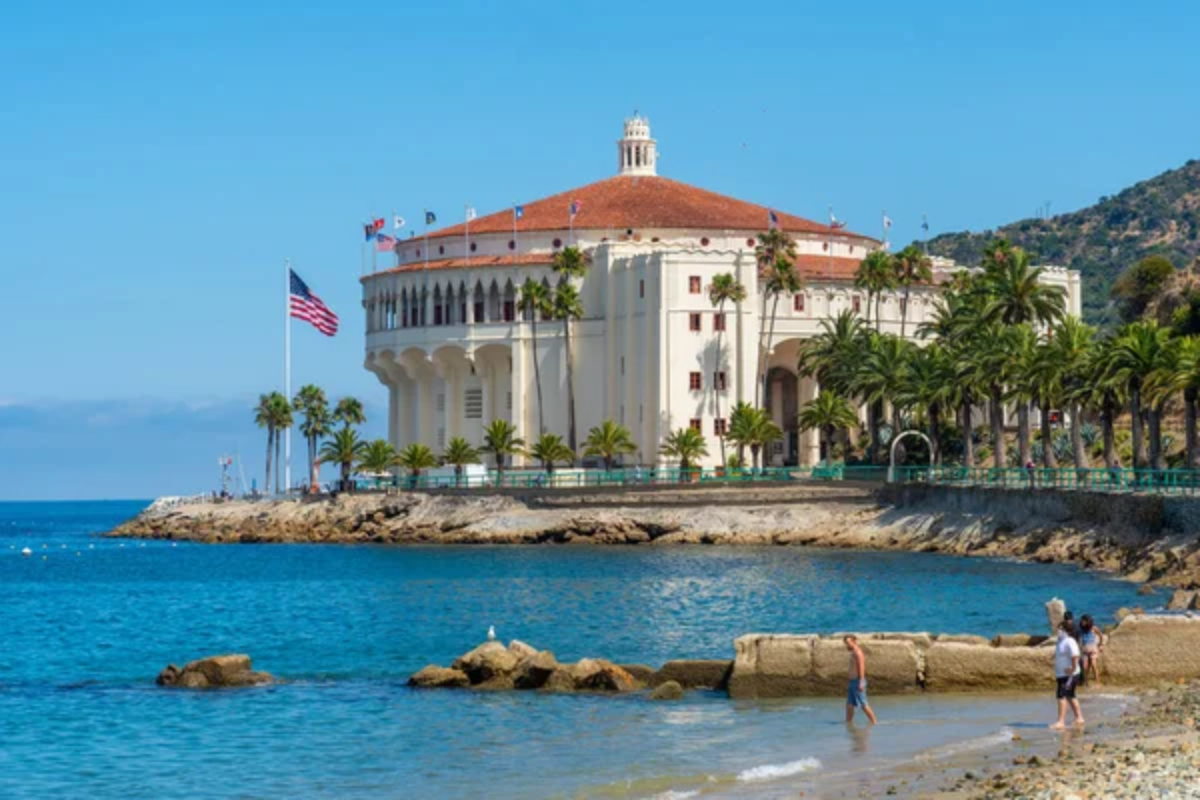
While Catalina Island itself is quite large, the Avalon Peninsula, where most visitors stay, can be thoroughly explored on foot, offering Mediterranean-style architecture and pristine beaches within walking distance of the ferry terminals. The town of Avalon is situated in a natural amphitheater setting, where hills rise directly from the harbor, creating dramatic backdrops for waterfront walks that connect beaches, restaurants, and cultural attractions.
The famous Casino building and nearby beaches provide endpoints for walks that showcase Southern California’s island lifestyle.
Like Travel Pug’s content? Follow us on MSN.
Tangier Island, Virginia

Tangier Island, situated in the middle of Chesapeake Bay, offers visitors a chance to explore a unique waterman’s community where traditional ways of life continue despite rising sea levels and cultural shifts. The island measures just 1.2 square miles, making it possible to walk from the harbor to the far beaches in less than 30 minutes while experiencing a culture that maintains a distinctive dialect and customs developed over centuries of isolation.
Crab shanties, traditional architecture, and working boats create an authentic maritime atmosphere that feels removed from mainland America.
Beaver Island, Michigan
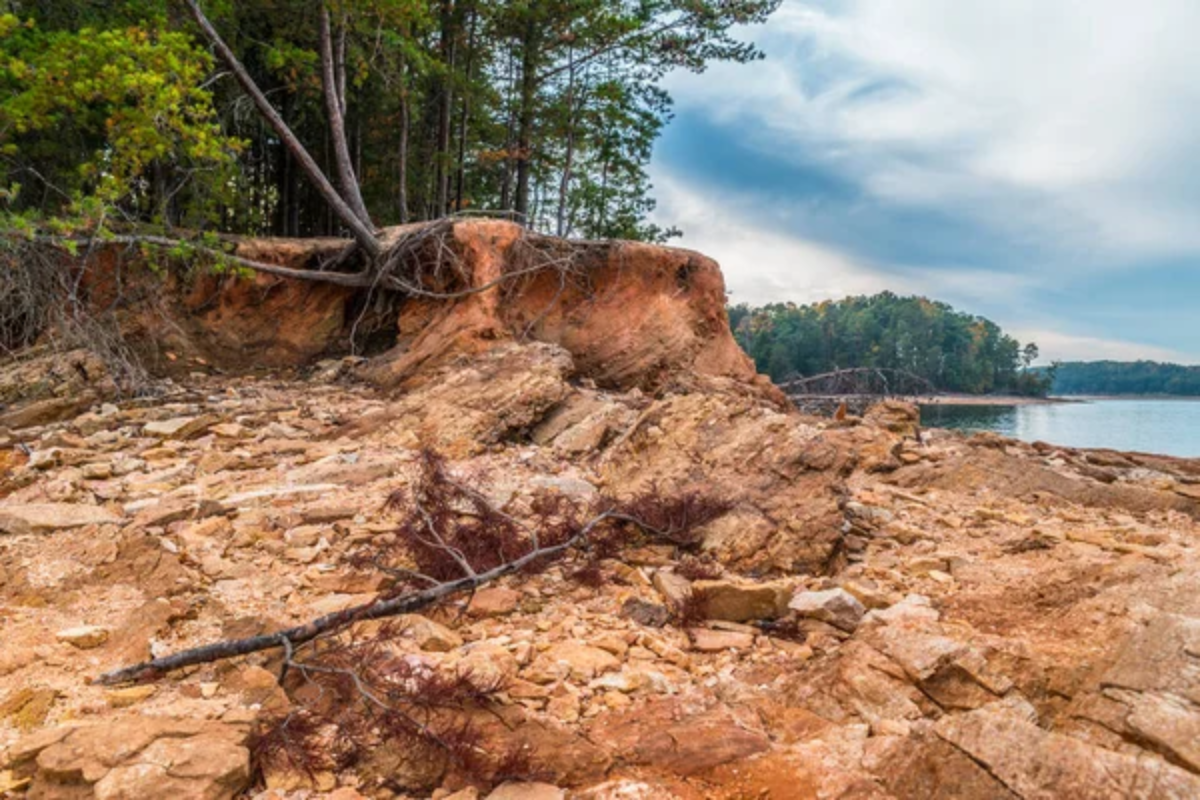
Beaver Island, the largest island in northern Lake Michigan, offers extensive walking opportunities across 55 square miles of diverse landscapes that include beaches, forests, inland lakes, and historic sites related to a unique 19th-century Mormon kingdom. The island’s relatively flat terrain and network of roads create easy walking conditions, while beaches on different shores provide varied experiences depending on wind and weather conditions.
The small year-round population maintains local businesses and cultural attractions that support multi-day walking adventures.
Star Island, New Hampshire
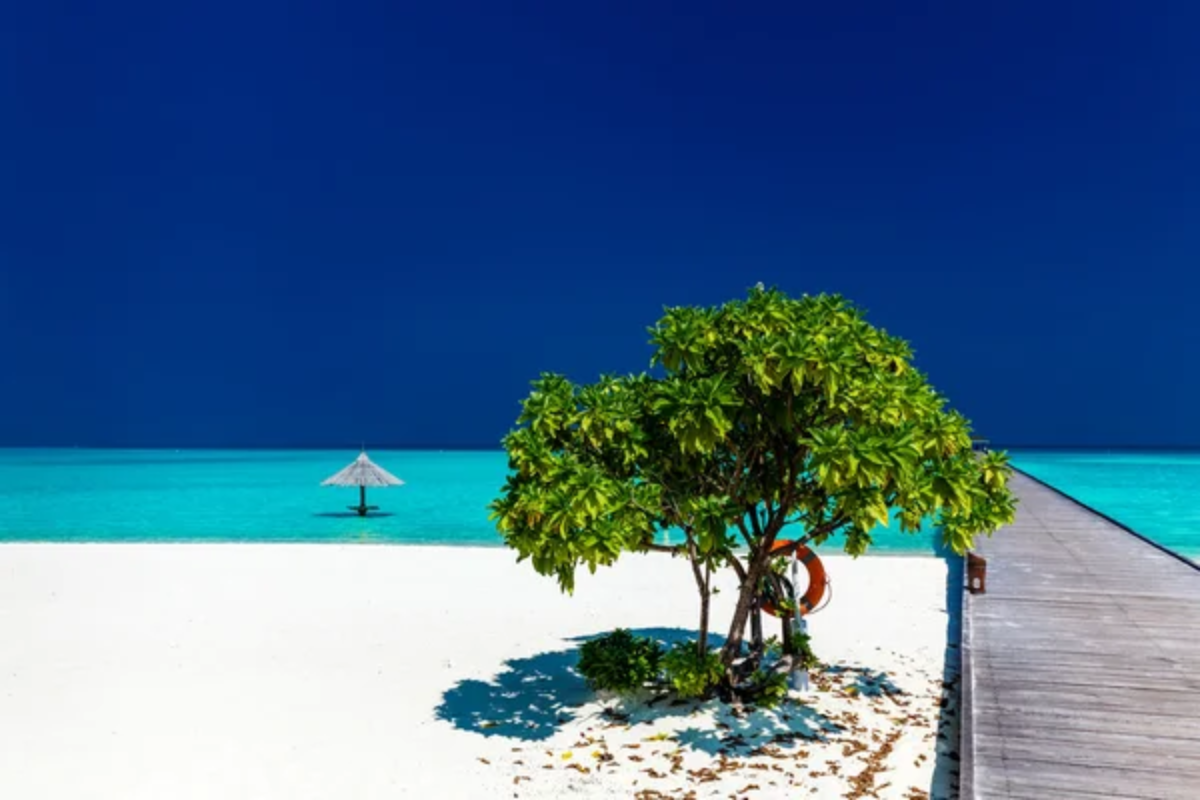
Star Island in the Isles of Shoals offers day trips from Portsmouth that allow visitors to explore this historic conference center location where 19th-century artists and writers found inspiration among dramatic granite coastlines. The island’s 46 acres can be thoroughly explored in a few hours of walking, while guided tours provide historical context for the stone buildings and natural features that attracted creative communities over 150 years ago.
The island’s position 6 miles offshore creates a sense of isolation despite its proximity to the New Hampshire coast.
Like Travel Pug’s content? Follow us on MSN.
Bald Head Island, North Carolina
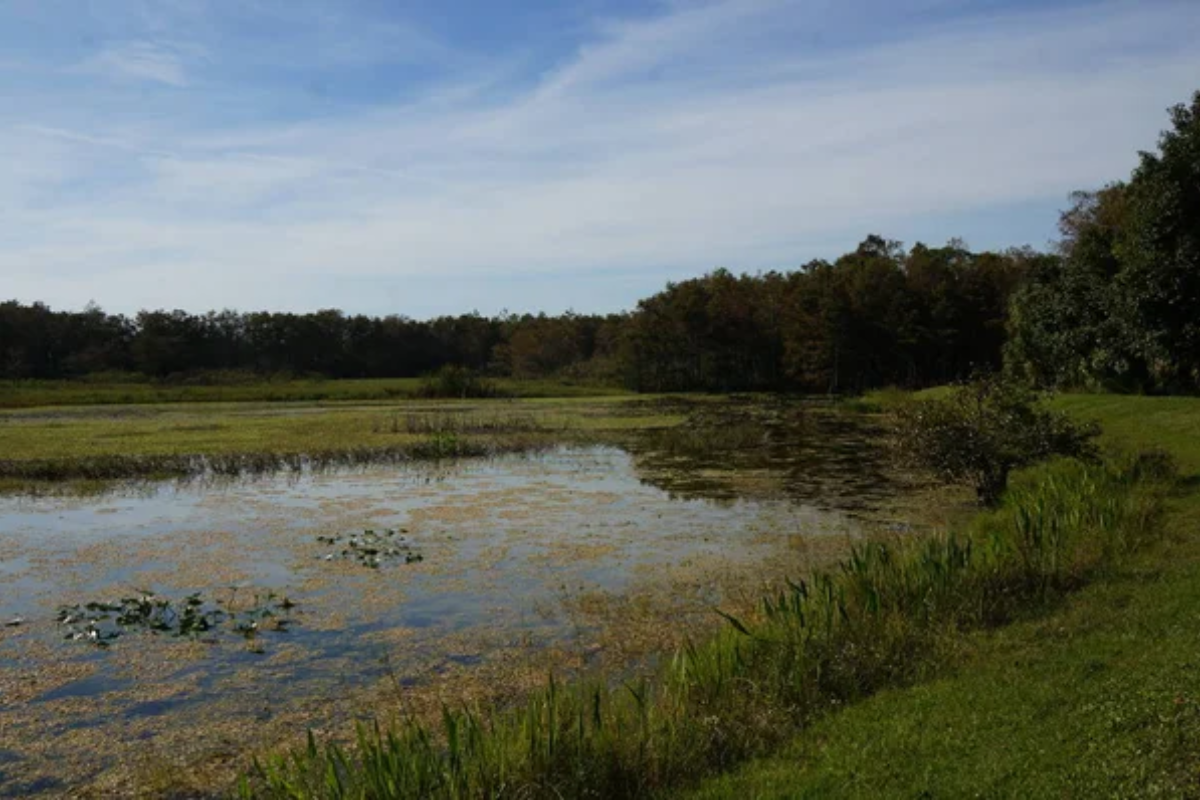
Bald Head Island bans cars and relies on golf carts and walking for transportation across 12,000 acres that include beaches, maritime forests, salt marshes, and the oldest lighthouse in North Carolina. The island’s network of walking trails connects different ecosystems while providing access to 14 miles of pristine beaches that face both the Atlantic Ocean and Cape Fear River.
Sea turtle nesting programs and bird-watching opportunities enhance wildlife experiences in walking adventures that can range from short beach strolls to all-day explorations.
Governors Island, New York
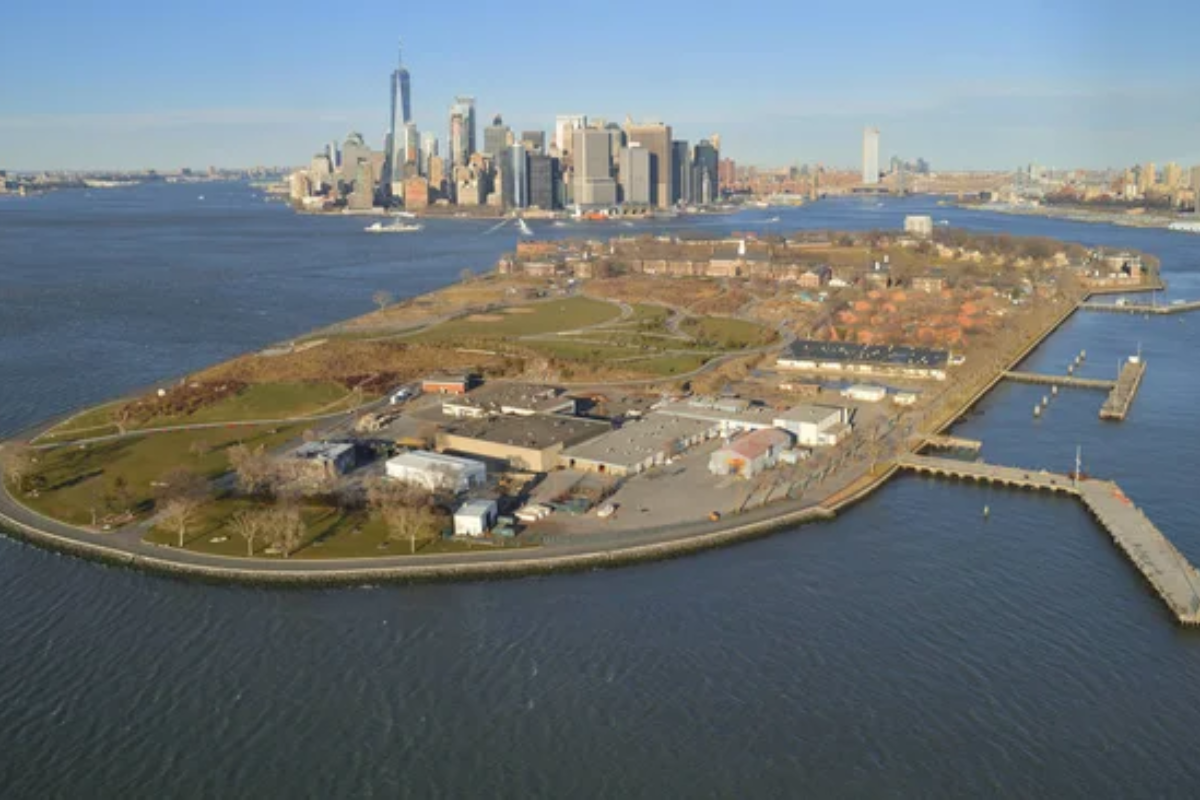
Governors Island in New York Harbor offers 172 acres of parkland and historic military installations just a short ferry ride from Manhattan and Brooklyn. The island’s relatively flat terrain makes walking easy, while providing spectacular views of the Statue of Liberty, the Manhattan skyline, and Brooklyn Heights from various vantage points around its perimeter.
Art installations, historic forts, and recreational areas create multiple destinations for walks that can occupy entire afternoons during the island’s seasonal operating period.
Robins Island, New York

Robins Island sits between the North and South Forks of Long Island, offering 435 acres of preserved landscapes where walking trails connect beaches, meadows, and forests that support diverse bird populations and native plant communities. The island’s private ownership limits access to organized tours and special events, but these occasions provide rare opportunities to explore one of Long Island’s least developed natural areas.
The island’s position in Peconic Bay creates unique microclimates that support both coastal and inland species, allowing them to coexist within walking distance of each other.
Like Travel Pug’s content? Follow us on MSN.
Small Worlds, Big Experiences
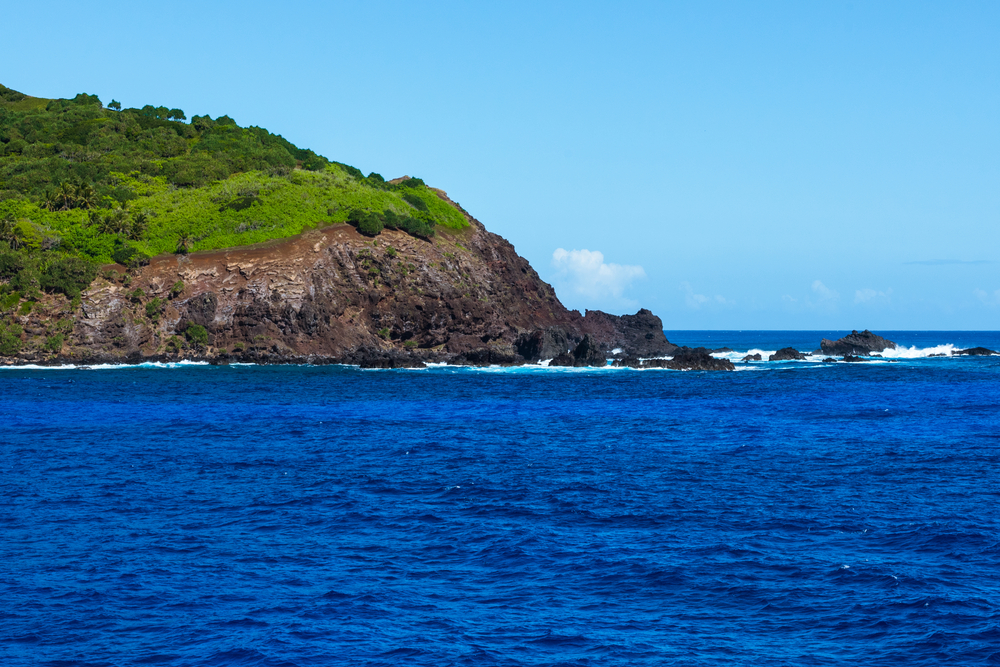
These tiny islands demonstrate that geographical size bears little relationship to the richness of experiences available to curious walkers willing to explore every corner of their temporary island home. What might seem like limitations—small size, limited facilities, and restricted access—often become advantages that create intimate connections with landscapes and communities impossible to achieve in larger, more developed destinations.
The best small islands reward thorough exploration with hidden beaches, unexpected viewpoints, and authentic local cultures that remain vibrant precisely because they exist within boundaries that encourage walking, observation, and genuine appreciation for places where every step reveals new perspectives on island life.
More from Travel Pug

- 20 Best Beach Towns in the Carolinas
- 13 Destinations Where Tourists Regularly Regret Their Trip
- 20 Destinations That Are More Magical Without an Itinerary
- 20 Underrated Adventures That Belong on Your Travel List
- 20 Cities Where You Should Just Wing It, No Planning Required
Like Travel Pug’s content? Follow us on MSN.N.
